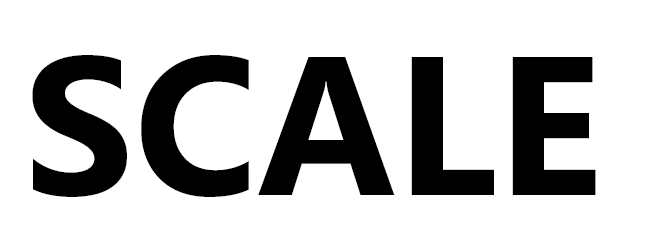Replacing the 5-Star Rating System

Why It's Time to Rethink How We Judge Quality
The 5-star rating system is everywhere — from restaurant reviews to real estate platforms to Uber rides. It was supposed to make feedback simple, but instead it’s become nearly useless.
Most 5-star systems are fundamentally broken.
They look objective. But in practice, almost everything hovers between 4 and 5 stars. That’s not because everything is great — it’s because the system itself is flawed. There’s no real granularity. No nuance. And no way to truly compare things on equal terms.
The Problem with 5 Stars: Inflated Averages and False Signals
Ask someone how they rate something they "liked," and chances are it gets a 4. Something they “loved”? 5. But what about a 3? In many systems, a 3-star rating is treated as a failure — even if the experience was just fine. This creates a skew where the real average isn’t 2.5, but often closer to 4.2 or higher, especially in industries where reviews affect visibility or sales.
This kind of inflation distorts opinions and erodes trust. A 4.5-star rating doesn’t mean “excellent” anymore — it just means “no one hated it.”
It’s time to fix that.
The Index to Scale Approach: Contextual, Comparative, Accurate
Instead of cramming everything into a one-size-fits-all 5-star box, Index to Scale uses tailored numeric ranges based on what’s being measured.
Here’s how it works:
1–3 Scale → Simple judgment: Bad / Average / Good
Useful when nuance isn’t necessary. Like rating service speed or cleanliness.
1–5 or 1–10 Scale → Better detail, still readable
Great for things like taste, user experience, or layout.
1–20 or 1–99 Scale → High-resolution scoring
Helps in categories with more depth or subtle variation — like interior quality or book pacing.
1–999,999 Scale → Machine-level accuracy
Not for human eyes. This scale powers AI/ML processes that normalize and compare scores across different categories, even when the visible scale is smaller.
Why Comparisons Beat Standalone Scores
The key difference? Our scores are always comparative. We don’t rate in isolation — we rate against everything else in the same category.
A “70” on a 1–99 scale doesn’t mean "70% good" — it means this item ranks higher than most, but not at the top. It’s relational, not absolute.
That also means scores evolve. As new data comes in, indexes shift. This reflects reality better than static ratings ever could.
What You Gain from Ditching Stars
More Honest Data
No more inflated scores. The system pushes things to their natural place in a distribution curve.
Clearer Expectations
Users can see at a glance whether something is low-end, mid-tier, or exceptional — based on real comparisons, not fake consensus.
Scalability Across Categories
Whether it’s homes, books, sandwiches, or software, Index to Scale adapts the scoring method to the complexity of the thing being rated.










 Login
Login